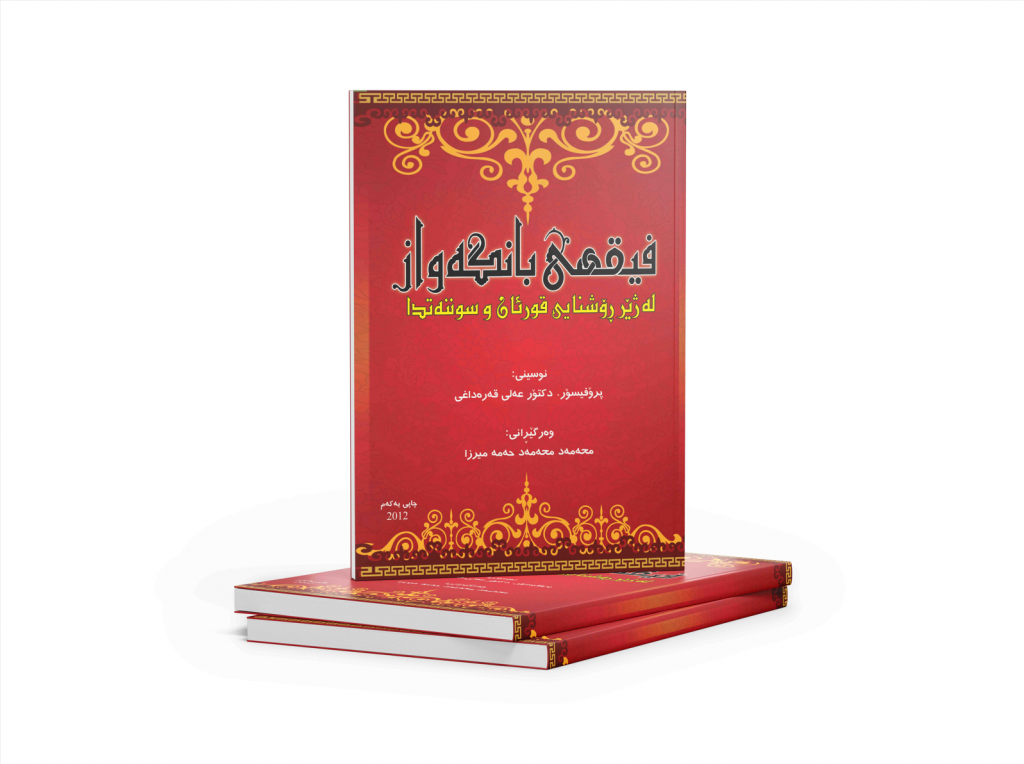The Jurisprudence of Call in the Light of Quran and Sunnah

The Jurisprudence of Call in the Light of Quran and Sunnah” authored by Professor Dr Ali Al-Qaradaghi is a seminal work that endeavours to elucidate the significant role of Islamic call and delves into the jurisprudence surrounding it within defined boundaries.
The book commences with a meticulous examination of the term ‘call’ followed by an exploration of the compound concept of the ‘jurisprudence of call.’ Dr Qaradaghi then proceeds to articulate the defining characteristics of the Islamic call, delineating its essence and purpose.
A key focal point of the book lies in the identification and explication of the four fundamental pillars of the Islamic call. The first pillar is the caller, with Dr Qaradaghi discerning the signs of a successful caller grounded in the teachings of the Quran and Sunnah. The second pillar is the recipient of the call, elucidating the appropriate treatment and perception of the called party. The third pillar revolves around the subject of the call, namely Islam itself. The fourth pillar is the tools employed for expressing the call, encompassing all means utilised in the propagation of the message.
An additional facet explored in the book is the symbiotic relationship between originality and modernity. Dr Qaradaghi posits that a successful call harmoniously integrates these two concepts.
In the concluding sections, Dr Qaradaghi outlines three pivotal components integral to the calling process: the tool of calling, the art of expression, and the methods of calling. These components collectively form the foundation for an effective and influential call.
The book concludes with a detailed exploration of the conditions essential for the success of the caller, providing readers with a nuanced understanding of the multifaceted dynamics intrinsic to the art and science of Islamic call.
Some key details about the book include:
– Original Language: Arabic
– Translated into Kurdish by Mohammed Mohammed Hama Mirza
– Number of Pages: 84
– Year of Publication: 2012